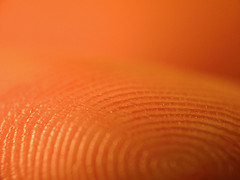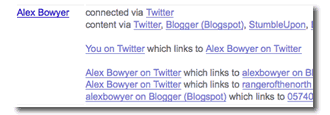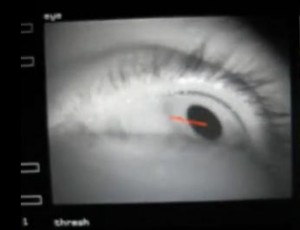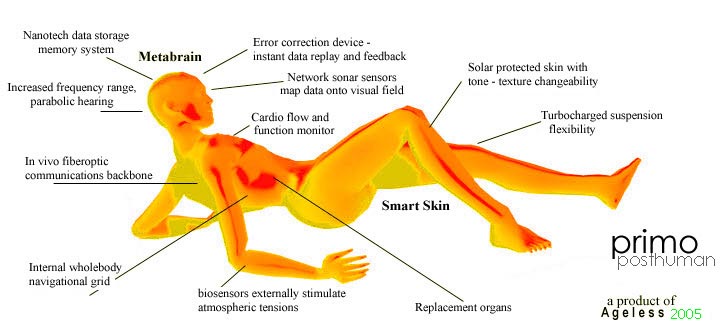 The map of how humans know one another will be a tremendously valuable thing. Internet giants like Facebook and Google know how valuable the data will be — it will govern everything from how we advertise to how we give people security clearances. We’re in the middle of the biggest social graph land grab in history.
The map of how humans know one another will be a tremendously valuable thing. Internet giants like Facebook and Google know how valuable the data will be — it will govern everything from how we advertise to how we give people security clearances. We’re in the middle of the biggest social graph land grab in history.
In the absence of clear guidelines or legislation with teeth, however, the industry is taking an ask-for-forgiveness-not-permission approach to social mapping.
Google has had to pivot quickly in recent months from mapping the web to mapping its users. At least it’s transparent about what it knows: the company publishes its social network mapping, showing who it knows you relate to and how.
Others aren’t so up-front. A Facebook gaffe installed applications when you visited other sites. As this piece points out, when apps install themselves it’s called malware; but on Facebook it’s a feature.
There’s little to discourage Internet giants from building this map, and if you’re online in any way, you probably can’t hide. On today’s Internet, everybody knows you’re a dog.






 @
@
 Tags:
Tags: 










 Like all images on the site, the topic icons are based on images used under Creative Commons or in the public domain. Originals can be found from the following links. Thanks to
Like all images on the site, the topic icons are based on images used under Creative Commons or in the public domain. Originals can be found from the following links. Thanks to